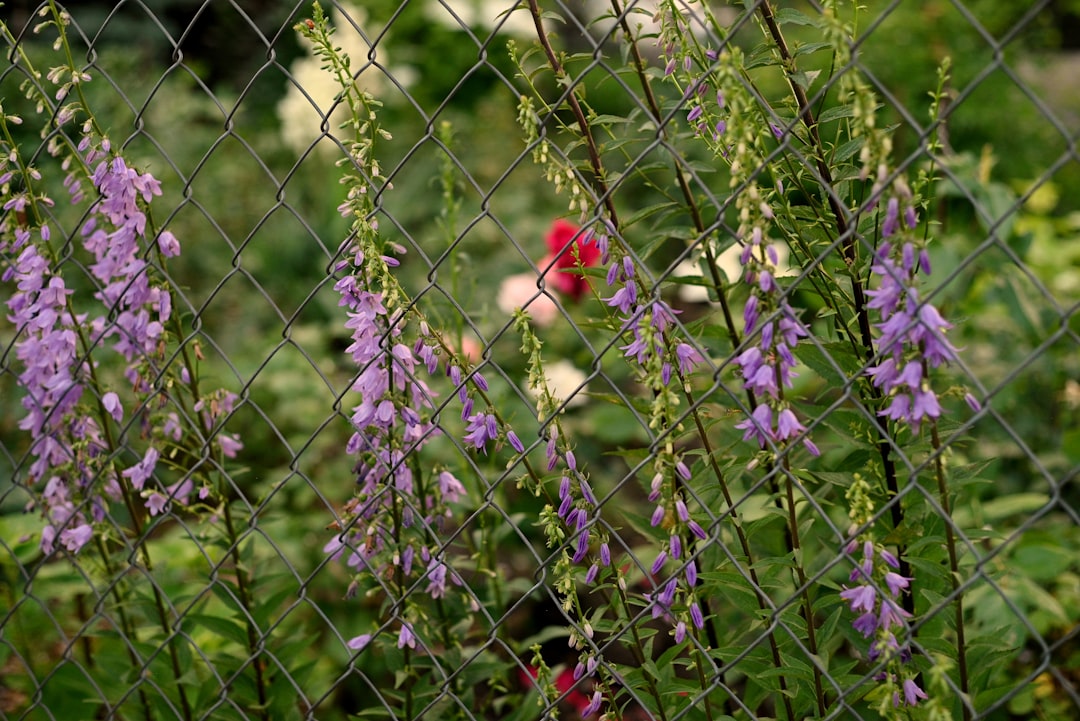The Enchanting World of Indoor Green Companions

In the realm of home decor and well - being, houseplants have emerged as the unsung heroes. They are not just mere greenery placed around the house; they are living, breathing entities that can transform a dull, lifeless space into a vibrant, refreshing haven. Let's embark on a journey to explore the wonderful world of houseplants and discover how they can bring a touch of nature indoors.
One of the most appealing aspects of houseplants is their diversity. From the tall, elegant fiddle - leaf fig to the petite, charming succulents, there is a houseplant for every taste and living situation. Fiddle - leaf figs, with their large, violin - shaped leaves, make a bold statement in any room. They can grow quite tall, adding a vertical element to your decor. However, they do require some care. They need bright, indirect light, regular watering, and a well - drained soil. If you can meet their needs, they will reward you with their stunning presence.
Succulents, on the other hand, are the low - maintenance darlings of the houseplant world. These plants have thick, fleshy leaves that store water, allowing them to survive in dry conditions. They come in a variety of shapes and sizes, from the spiky aloe vera to the rosette - shaped echeveria. Succulents are perfect for those who have a busy lifestyle or are new to plant parenting. They thrive in bright light and well - drained soil, and they only need to be watered sparingly.
Another popular category of houseplants is the air - purifying plants. These plants not only add beauty to your home but also improve the air quality. The spider plant, for example, is known for its ability to remove harmful toxins such as formaldehyde and xylene from the air. It has long, arching leaves that are striped with white, making it an attractive addition to any room. Peace lilies are also excellent air - purifiers. They have large, glossy leaves and elegant white flowers. They can remove ammonia, benzene, and trichloroethylene from the air, making your home a healthier place to live.
When it comes to caring for houseplants, understanding their specific needs is crucial. Light is one of the most important factors. Some plants, like the snake plant, can tolerate low light conditions, while others, like the African violet, need bright, indirect light. Watering is another key aspect. Over - watering can lead to root rot, while under - watering can cause the plant to wilt and die. It's important to water your plants according to their needs. For example, cacti and succulents need less water than tropical plants.
Soil is also an important consideration. Different plants require different types of soil. Most houseplants do well in a well - drained potting mix. You can also add perlite or vermiculite to the soil to improve drainage. Fertilizing your plants is also important to keep them healthy. You can use a balanced, water - soluble fertilizer during the growing season to provide your plants with the nutrients they need.
Houseplants can also be used to create a relaxing and peaceful atmosphere in your home. Placing a few plants in your bedroom can help you sleep better. The presence of greenery can reduce stress and anxiety, and it can also improve your mood. You can create a mini - garden on your windowsill or a larger indoor garden in a corner of your living room. The possibilities are endless.
In conclusion, houseplants are more than just decorative items. They are living companions that can enhance your quality of life. Whether you are a seasoned plant parent or a beginner, there is a houseplant out there for you. So, go ahead and bring a little bit of nature into your home and let the magic of houseplants transform your living space.